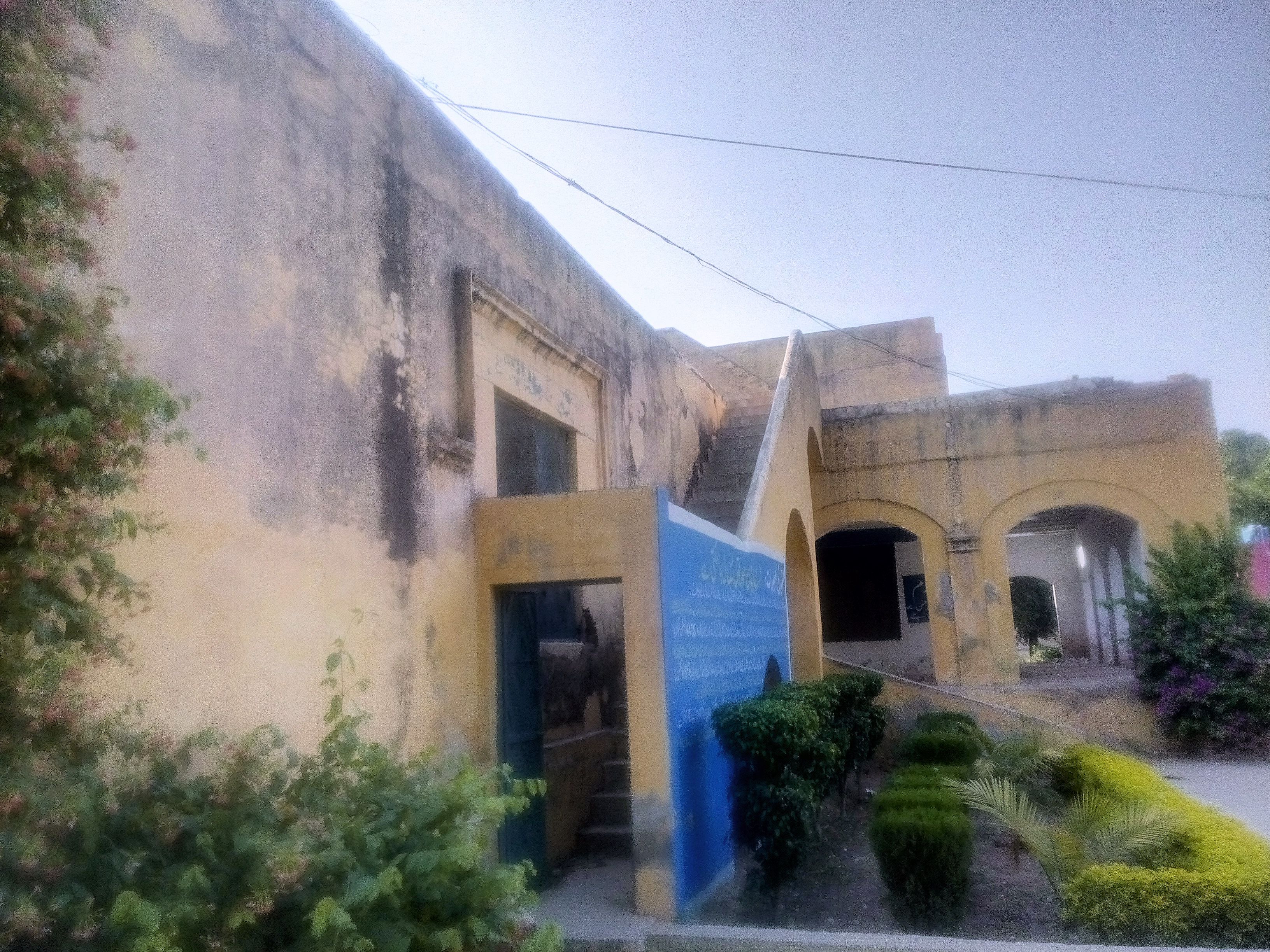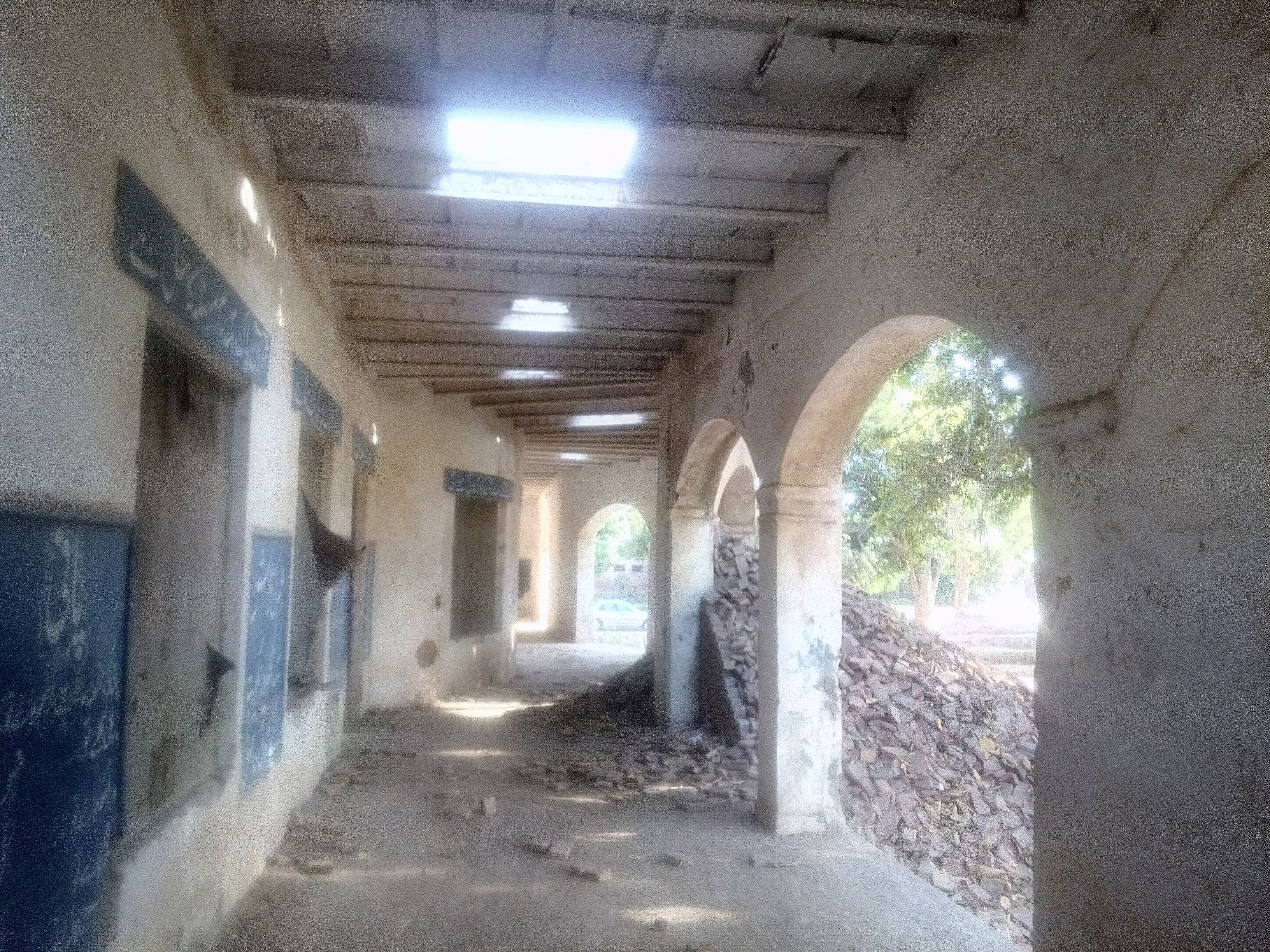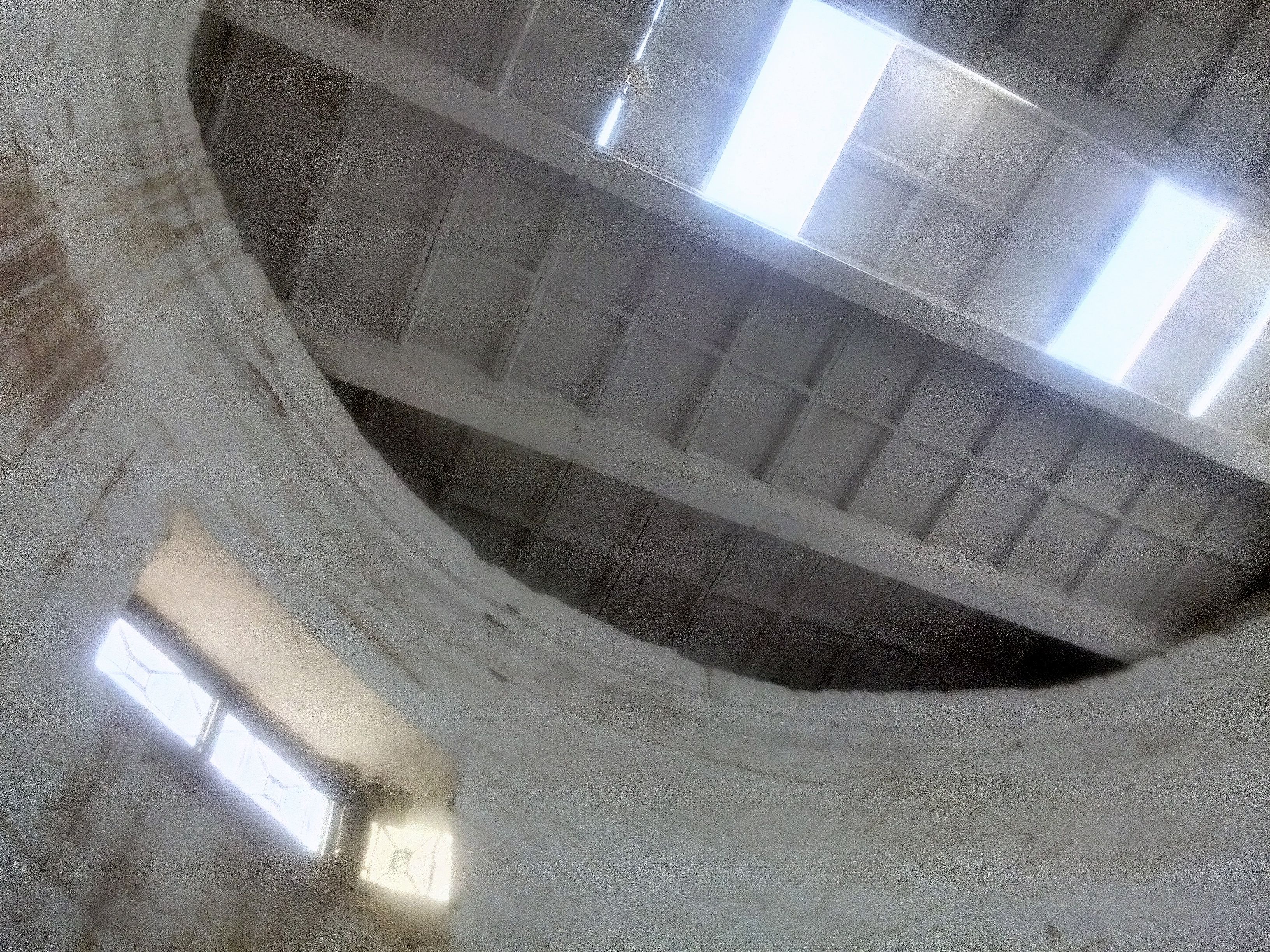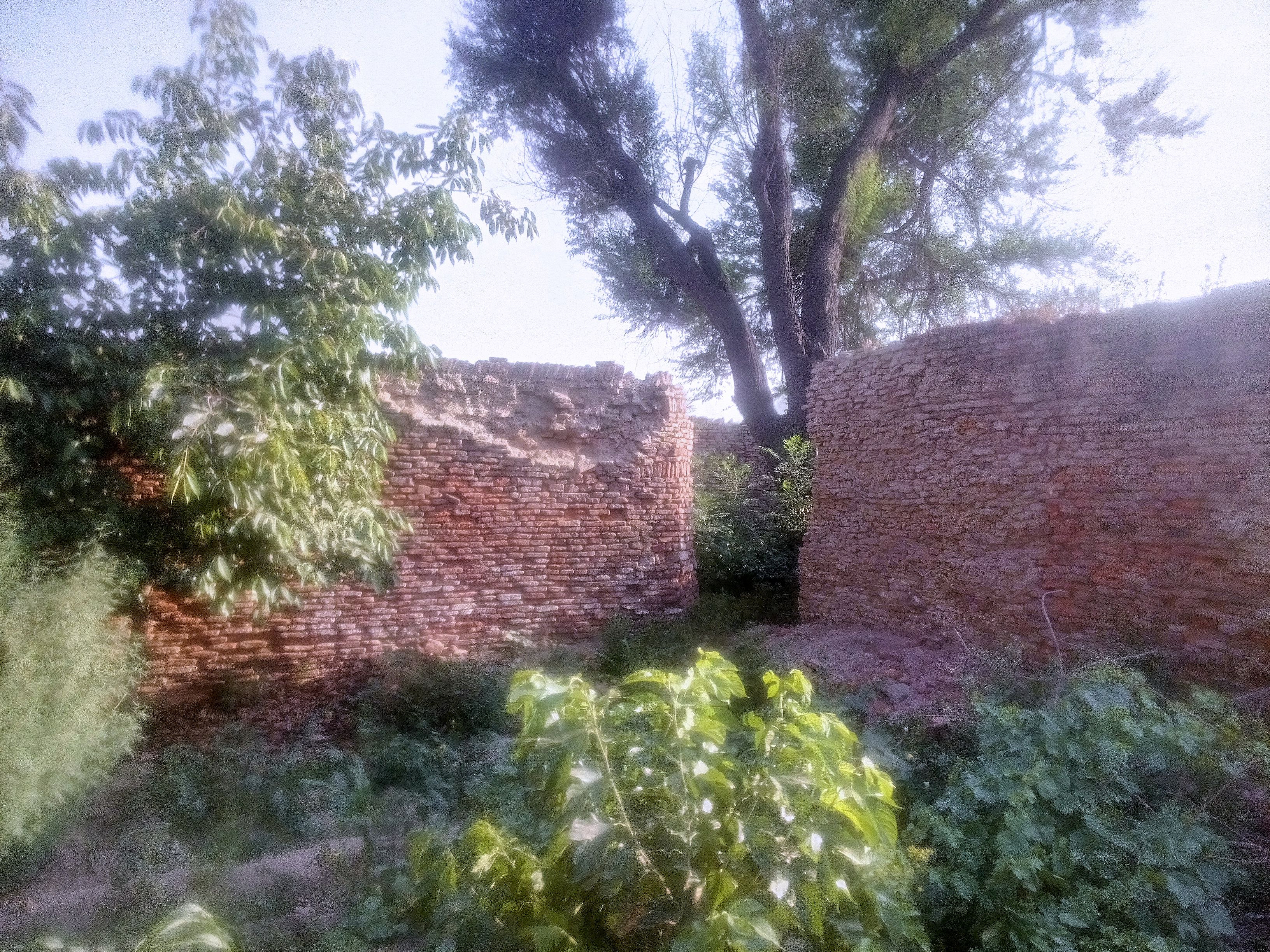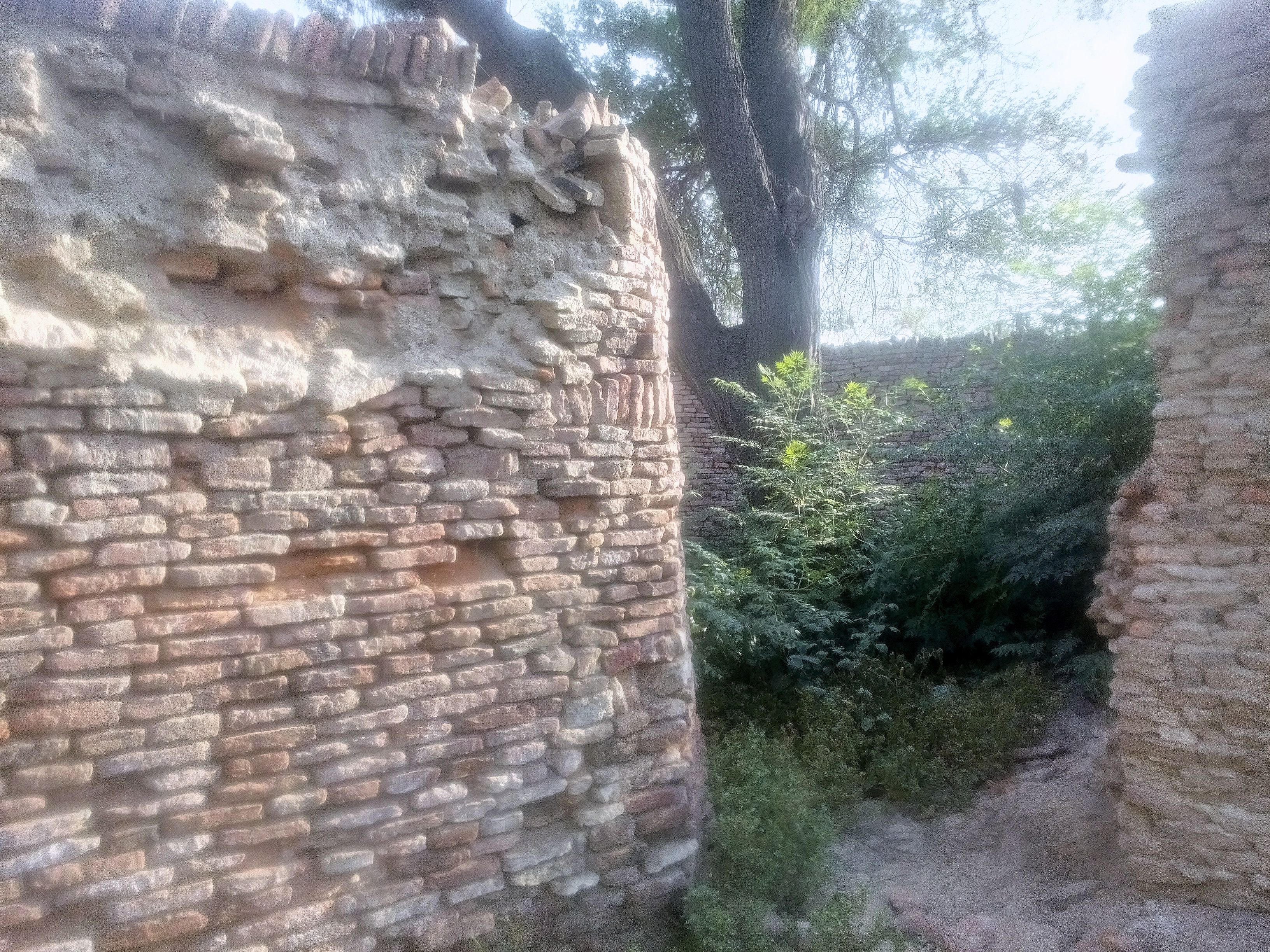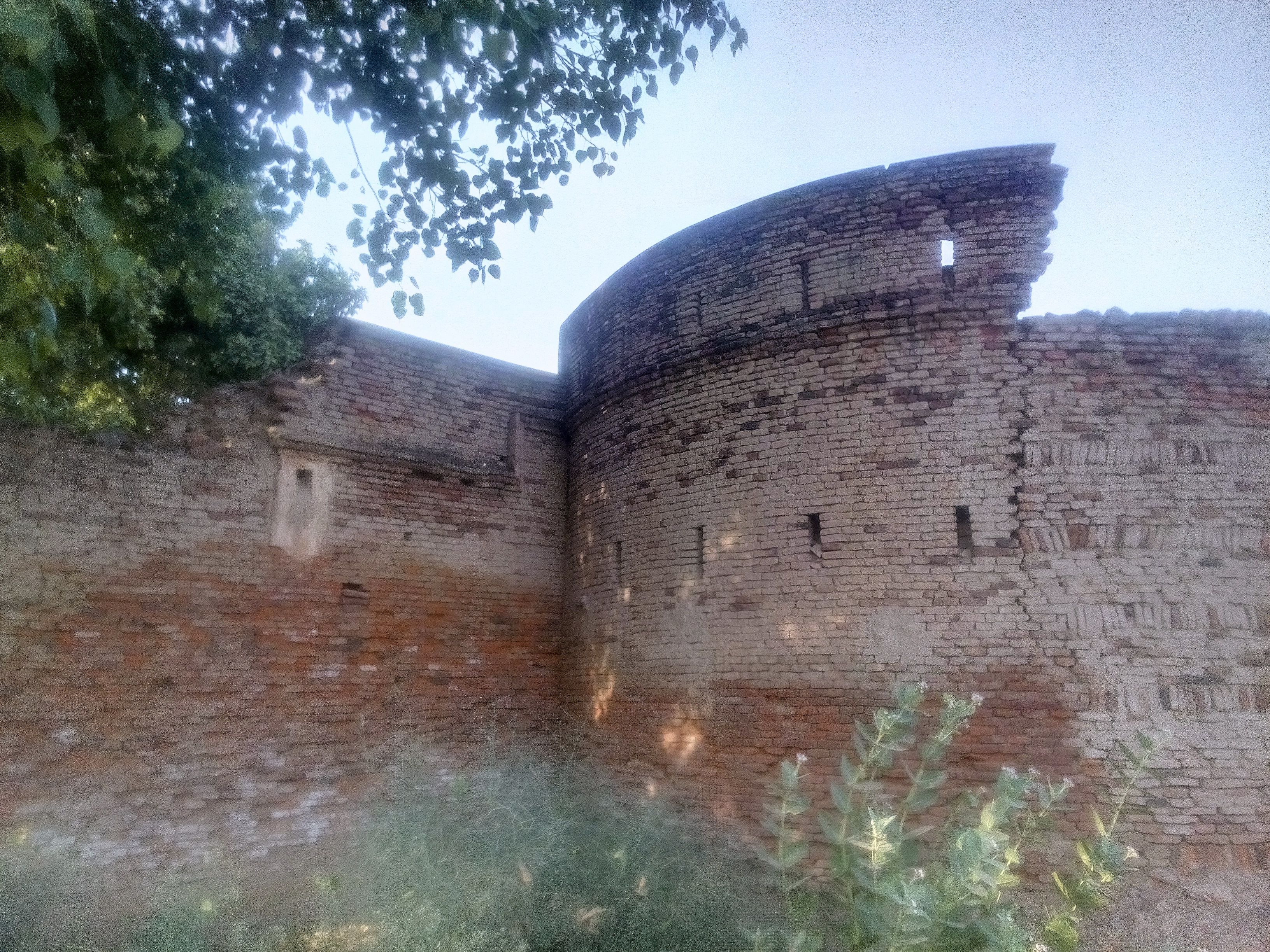muhammadhafeezmalik
SENIOR MEMBER

- Joined
- Jan 21, 2015
- Messages
- 5,414
- Reaction score
- -17
- Country
- Location
1857 – Cry for Freedom : : The Kharal of Jhamra
Scottish Gaelic, the Great Highland bagpipe has always inspired me. Perhaps it has to do something with the British Military band pipes and the subsequent inheritance of this tradition into Pakistan Army. The Scottish bagpipes have always been there, in the moments of joy, glee, the merry go dances, and have been carried as “war-pipes” to the battles inspiring soldiers as they charge on the enemy. Legends and stories on these pipes get passed on through oral tradition and minstrels. Attached with the Scottish pipes is the will to fight, the spirit of freedom, and almost inseparably associated with the spirit of Scottish freedom is the name of William Wallace. Remembered for his heroics in the battle of Sterling Bridge for a famous defeat inflicted on the English army and for his struggle for the cause, William Wallace is an icon of undaunted courage and an armed struggle for independence. Before we extend this premise on the spirit of freedom any further and I take my readers from the Scottish Highlands to the Mainland Punjab, may we spare ourselves a tranquil break and enjoy the spirit of freedom melodiously played by the iconic Scottish pipers. Here it is, “ceòl mòr” with all its plain and simple start and all the complex and not so very complex notes…
Mixcloud
Dear readers, in encounters that place a William Wallace against a King Edward, or a Dullah Bhatti against the Mughal Emperor Akbar or Rai Ahmed Kharal against Lord Berkley (Barkalli as the name gets referred to in the folk ballads); it’s always tyranny facing the uprising, submission met by revolution and oppression subdued by freedom. Of the adversaries mentioned above, the name of Rai Ahmed Nawaz Kharal, takes us from the Scottish highlands right to the Punjab heartland of Neeli Bar.
The area called “Bar” in mainland Western Punjab lies between the eastern fringes of river Jhelum to the western spur of river Sutlej. Bar meaning an area encompassing the watershed between two rivers, this stretch of land was divided into four bars namely Karana Bar (between Jhelum and Chenab), Sandal Bar (Chenab and Ravi), Neeli Bar (Ravi and Sutlej) and Ganji Bar (west of Sutlej). The bar gets mentioned in the poetic folklore of the ballads, flourishing with her grasslands, pastorals, the shrubs and the jungles, and the romantic love stories. Above all, the folk tales of Bar celebrate her outgoing people who always have regarded their freedom as their most prized possession. The inhabitants of this area have stayed obscured from the pages of history, presumably on purpose. The love for their land and the resistance to any foreign ruler led them to be branded as outlaws during the reign of Mughals. The gazetteers from the days of Raj describe these people as cattle thieves and robbers who preferred to be living a lifestyle of tribal bandits. On the contrary, in the native accounts preserved in tales and songs that have travelled from heart to heart, the Bar has produced valiant warriors who refused to subjugate to the foreign rulers. The warriors of the likes of Dullah Bhatti of Sandal Bar who defied the might of the Mughal Emperor Akbar, and Rai Ahmed Khan Kharal of Neeli Bar, who fought the British during the war of Independence of 1857. And not to forget the valiant Mallians of Sandal and Neeli Bars who had fought the invasion of Alexander the great. For this post, dear reader, we shall talk about the revolt from the days of Company Bahadur, a skirmish that gets celebrated in the lore as a one-on-one encounter, Kharal vs “Barkalli”. It’s a tale of an armed uprising led by the Kharal Chief Rai Ahmed Nawaz intercepted by Lord Berkley, the Extra Assistant Commissioner at District Gogera, a town in the very heart of West Punjab. And if I call the place by the name of Bangla Gogera (as it came to be known after the advent of irrigation system brought about by the British to the alluvial lands of the Bar), let me admit that to visit the place, there was another inspiration as well…
I grew up in Chak No. 68 GB, a village in central Punjab. The bus stops serving my village were Awagat Bangla and Jassuana Bangla. There are two terms of significance here, and these, dear reader, are GB and Bangla. GB stands for Gogera Branch, a branch canal that irrigates the lands on whose cultivation my village folk depended. The term Bangla refers to the colonial days’ canal rest houses located on main hubs at these branch canals. The names of the places where these irrigation department rest houses or inspection bungalows are located, as a convention, get either prefixed or suffixed with the word “Bangla”. In the days of my childhood at Chak no. 68 GB, me an my cousin frequented the rest houses at Awagat Bangla and Jassuana Bangla that appeared to us as mysterious structures as in an equally mysterious plot of a childhood novel. We had always wanted to visit Bangla Gogera located somewhere on the very canal that irrigated our lands and which my cousin had to visit with our grandfather every week, during the wee hours of the day to get our weekly share of the irrigation waters. Little did I know back then that I would be discovering Gogera one day, but that will come years, rather decades later, and it will not be in the vicinity of Faisalabad, but further downstream, on the peripheries of Okara. Coming across Gogera on the map while planning an exploration route (though for a destination elsewhere) was a pleasant surprise as it brought back the sweet memories from childhood, and dear reader, it was the Year Of Our Lord, 2015. Other than the mysterious canal rest house, this town was to surprise me even further with its historical significance and the stories of the freedom fighters that are archived in peoples’ hearts and are celebrated as an indigenous part of the lore. Gogera unfolded itself as the district headquarters from the days of Company Bahadur, the remains of a historical fort and the memories of a struggle for independence that to date is recalled and shrugged off as a “rebellion” by our colonial masters.
Signing off early from work in Lahore on that action packed Saturday, I had arrived at Bangla Gogera by early evening to explore the icons from the past. Bangla Gogera now a days is a small town off the shores of Ravi on the home bank from the side of Okara. It was a hub of grand prospects during the initial years of British Administration. Googaira (as mentioned in the gazetteers from the days of Raj) is situated on the ancient Mughal Highway joining Lahore with Mooltan. The British rule in the area between Ravi and Sutlej started in 1849 and a district was formed back then with headquarters at Pakpattan. In 1852, the Trans-Ravi tract from Jhang District was included in the district and the headquarters were moved to Gogera. The district headquarters housed the administration offices and the court of the Deputy Commissioner, a gaol and the treasury. Gogera was to get relegated to a small town of low significance but that was to happen about a decade later when the headquarters would be moved to the cattle town of Sahiwal, the halfway point on the to be laid railway track from Lahore to Multan away from the boggy outskirts of Ravi. But for now, and “now” here would refer to the year 1857, Gogera was in full swing and soon was to witness the only organized local uprising in Punjab during the war of independence against the British, and, dear reader, we shall come to that in a moment.

The plaque in the middle of Punjab Text Book Board, announcing the name of Rai Ahmed Khan Kharal Shaheed District High School Gogera
Upon reaching Gogera and after some navigation assistance within the town streets, I was at the Government Boys High School Bangla Gogera. A colonial era building with circular verandah arches and pale yellow limestone paint greeted me. This was the place that had housed the Administrative Headquarters and District Courts back in 1857. The building had a commemorative plaque announcing that the complex was renamed to honour Rai Ahmed Nawaz Kharral, the war hero from the War of Independence. The school building had a modern era annexure to the original structure. The original edifice was crumbling and relegated to a ‘disused’ status. An old and enormously shady Bunyan tree stood in the courtyard whose seasoned fragrance brought back the memories from the bygone days. Just beside the school building, having scaled the distance on foot for about 10 minutes I came across the remains of the Gogera Fort.
Entrance to Gogera Fort
The profile of the fort (which is reported to be a couple of centuries old, though without any supporting evidence) presented a square building having corner turrets with round bastions of which only two on the eastern corners survived. The structure was presently inhabited by an “allottee” family. At the main gate of the giant proportions which was “sufistically” painted in dark green and stood beside a guard post, I knocked at the same time calculating the prospects of an invited visit inside the fort that by all means was a family compound now. I was greeted by a Maulana who happened to be the imam at the small mosque built inside the fort beside a shrine to honour some obscured saint of Gogera who happened to have resided here for sometime. And that, dear reader, was my window of opportunity.My intention of visiting the fort in the garb of paying homage to the saint was heartily accepted and I was permitted the stroll around the inner perimeter away from the living compound. The construction formula of the fort was the thin and wide, fire baked bricks. The patchwork of mud plaster from old days and the cemented coating from the modern times presented irregular mending here and there. The corner turrets with bastions had the battlements giving the structure the true essence of a fortification post.
Having roamed around the fort I was invited inside the mosque and got introduced to the elder of the house, a somber looking gentleman with a wisdom in his eyes and (as I was soon to discover) a folk wisdom at heart. Wali Din embraced me with heartfelt warmth and there I noticed another person sitting beside him who looked strikingly familiar. He was Irshad, the gentleman whom I had met at the gates of Gogera and had asked the directions mentioning that I was on the trail of Rai Ahmed Nawaz Kharal. Irshad back there had directed me in haste as he was busy with another customer. He later on followed my trace and was now seated beside Wali Din and told him about my search for the war hero that Rai Ahmed was. Wali Din with a smile in his eyes greeted my intent and we sat in that cool verandah of the small mosque whereby the folk narration of “who Rai Ahmed Nawaz was” started. I was told that Gogera Fort where we sat was used by Gora Saab both as a Treasury and a Bakhshi Khana, a place where the prisoners from district jail were brought and stationed before being presented to district courts. The courts were housed in the building where now the school stood. Among the highlights of the tale narrated to me was this freedom uprising of the tribes in the surrounding land of Bar and the story of a jailbreak at Gogera. The tale had the names intermingled in it, the names of Ahmed Kharal, Sarang, Murad Fatiana, Shuja Bhedroo, Mohka Wehniwal, Barkalli and more. It was the story of the sacrifices of one clan of Kharrals, Fatianas and Wattoos, and the treachery of another clan of Kharals, Qureshis and Dahas. Having finished the tale with me and Irshad as the mesmerized audience, as Wali Din was sipping his cup of tea with us, I was reminded of Dada Phogi from the days of Rai Ahmed Khan. It was at that instance that Irshad broke the silence and disclosed that he was an Upera Kharal and belonged to Jhamra, the native place of Rai Ahmed Nawaz.
Irshad Kharal had followed me to the fort on purpose, as he volunteered to be my escort in guiding me to the land of Jhamra, the very home and the last resting place of the chief of his clan, Rai Ahmed Nawaz Kharal who formidably stood against the British back in 1857. The tomb of the war hero was across the waters of Ravi towards the side of Faisalabad. Irshad also had to lead me to the last resting place of Lord Berkely in Gogera which he did. With the night fast approaching, I had to retreat to Okara Cantt promising to join Irshad Kharral by daybreak the next day. As we resume the tale for the second and last part, dear reader, I shall endeavor to describe the valiant tale of Rai Ahmed Kharal both in the mood of the folklore and the historical facts as I will cover the details of the visit to the resting places of Rai Ahmed and Lord Berkley, the former at the trans Ravi lands of Jhamra and the latter in the old Christian cemetery of Gogera.
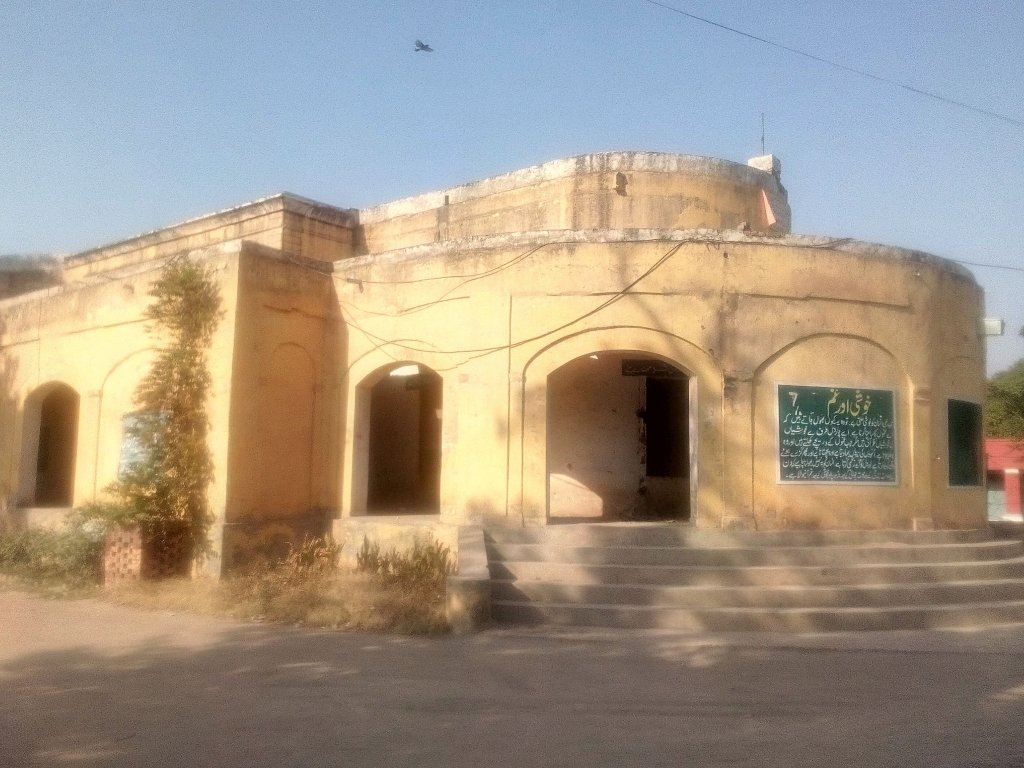
The Kharal of Jhamra - MANI JUNCTION
From the Scottish Highlands to Mainland Punjab following the essence of freedom. The tale from 1857 War of Independence in West Punjab. The tale of an epic encounter: Kharal vs Berkley
 www.meemainseen.com
www.meemainseen.com
Imran (Meem-Ain-Seen) ex-soldier now a banker, is a wonderful storyteller and researcher.


